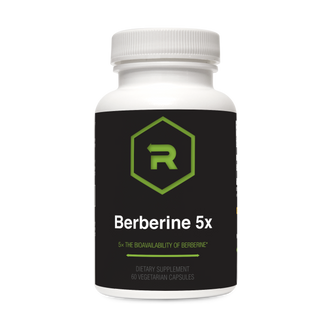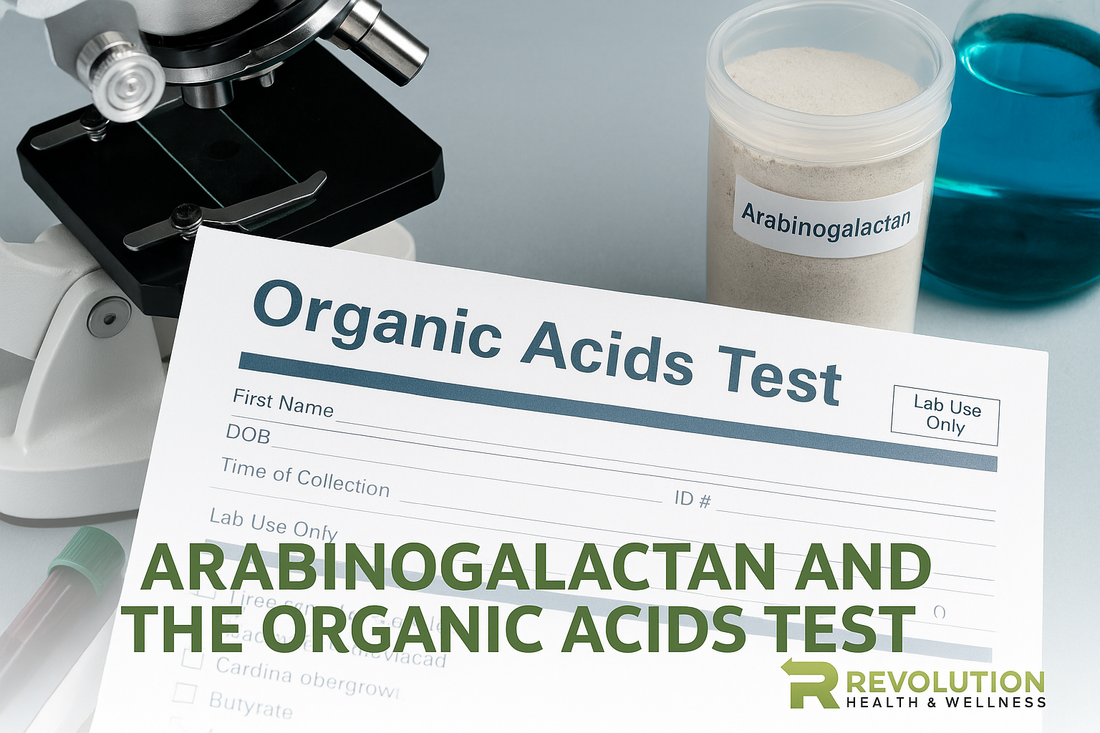Arabinogalactan and the Organic Acids Test: Understanding Potential Interferences
Introduction
The Organic Acids Test (OAT) is a valuable diagnostic tool in functional medicine, providing insights into metabolic processes, nutrient deficiencies, and microbial imbalances. However, certain supplements and dietary components can interfere with the accuracy of OAT results. One such compound is arabinogalactan, a polysaccharide commonly used for its immune-supporting properties. Understanding how arabinogalactan interacts with OAT markers is crucial for accurate interpretation and effective clinical decision-making.(MosaicDX)
What is Arabinogalactan?
Arabinogalactan is a biopolymer composed of arabinose and galactose monosaccharides. It is found in various plants, with larch trees being a primary commercial source. In the human body, arabinogalactan is known for its prebiotic effects, promoting the growth of beneficial gut bacteria, and for modulating immune responses. Due to these properties, it is often included in dietary supplements aimed at enhancing gut health and immunity.
The Organic Acids Test (OAT): An Overview
The OAT analyzes urine samples to measure the levels of various organic acids, which are byproducts of metabolism. These markers can indicate:
-
Nutritional deficiencies
-
Oxidative stress
-
Detoxification capacity
-
Neurotransmitter metabolism
-
Microbial overgrowth, including yeast and bacteria
One critical marker in the OAT is arabinose, a sugar that, when elevated, is often interpreted as a sign of Candida overgrowth.
How Arabinogalactan May Interfere with OAT Results
Arabinogalactan supplementation can lead to increased levels of arabinose in the urine. Since arabinogalactan is composed partly of arabinose, its ingestion can result in higher urinary excretion of this sugar, independent of any yeast overgrowth. This elevation can mimic the metabolic signature of Candida, potentially leading to false-positive interpretations.
As a prebiotic, arabinogalactan influences the composition of gut microbiota. Changes in microbial populations can alter the production of various organic acids, affecting OAT markers related to bacterial metabolism. These shifts may complicate the assessment of dysbiosis and other gut-related issues.
Fermentation of arabinogalactan by gut bacteria produces SCFAs like acetate, propionate, and butyrate. These metabolites can influence systemic metabolism and may affect OAT markers related to energy production and mitochondrial function. Elevated SCFA levels might obscure the interpretation of certain metabolic pathways.
Clinical Implications of Arabinogalactan Interference
Misdiagnosis of Candida Overgrowth
Elevated arabinose due to arabinogalactan supplementation can be misinterpreted as Candida overgrowth, leading to unnecessary antifungal treatments. This misdiagnosis underscores the importance of considering supplement intake when evaluating OAT results.(Revolution Health & Wellness, Functional Nutrition Answers)
Inaccurate Assessment of Gut Health
Changes in microbial metabolites caused by arabinogalactan can affect markers used to assess gut health, potentially leading to incorrect conclusions about dysbiosis or bacterial overgrowth.
Confounded Evaluation of Mitochondrial Function
Altered SCFA profiles may impact markers related to mitochondrial function and energy metabolism, complicating the evaluation of conditions like chronic fatigue or metabolic disorders.
Recommendations for Accurate OAT Interpretation
To minimize interference, it is advisable to stop arabinogalactan supplementation at least 48 hours before collecting a urine sample for the OAT. This precaution helps ensure that arabinose levels reflect endogenous production rather than recent intake.
Clinicians should obtain a detailed supplement and dietary history before interpreting OAT results. Awareness of arabinogalactan use can inform the analysis and prevent misinterpretation of markers.
Elevated arabinose should be considered alongside clinical symptoms of Candida overgrowth. In the absence of symptoms, high arabinose levels may be attributed to recent arabinogalactan intake rather than pathogenic yeast activity.
Conclusion
Arabinogalactan is a beneficial supplement with notable effects on immune function and gut health. However, its impact on OAT results, particularly the elevation of arabinose levels, necessitates careful consideration. By discontinuing arabinogalactan before testing and thoroughly evaluating patient history and symptoms, clinicians can enhance the accuracy of OAT interpretations and avoid potential misdiagnoses.
Scientific References
-
Mosaic Diagnostics. Organic Acids Test (OAT) – Most Common Markers at a Glance. (sibomasterycourse.com)
-
Mosaic Diagnostics. Organic Acids Test (OAT) – Test Preparation. (Revivelife Clinic I Naturopath in Ottawa)
-
Wikipedia contributors. Arabinogalactan. (Wikipedia)
-
Wikipedia contributors. Arabinogalactan protein. (Wikipedia)
-
Wikipedia contributors. Diferulic acids. (Wikipedia)
-
Functional Nutrition Answers. The Organic Acid Test (OAT): What It Measures and Why It’s Used. (Functional Nutrition Answers)
Note: This article is for informational purposes only and does not constitute medical advice. Always consult with a healthcare provider for medical guidance.


